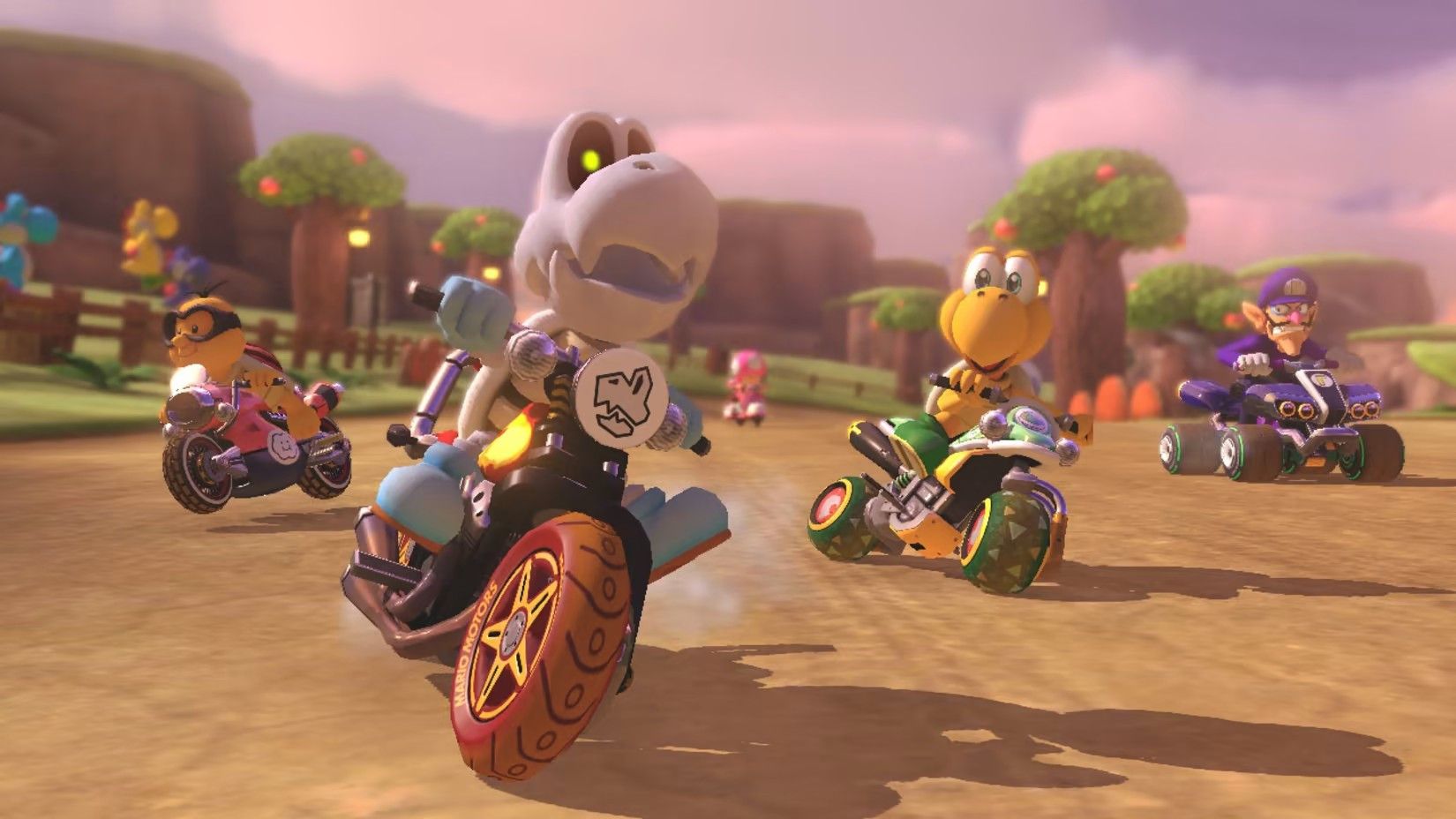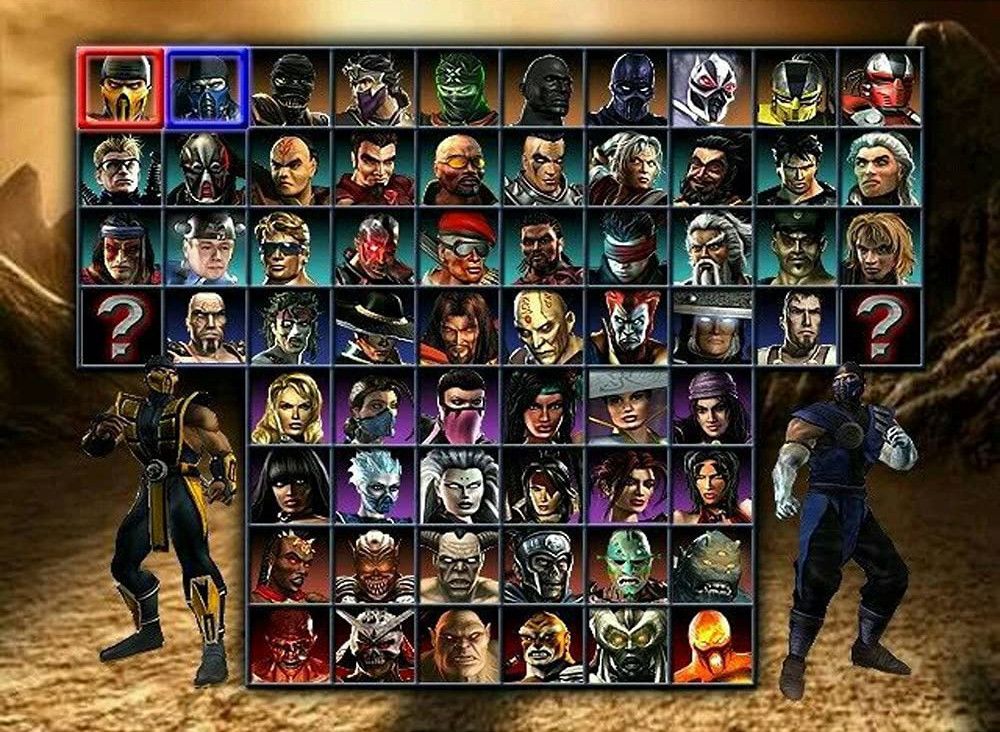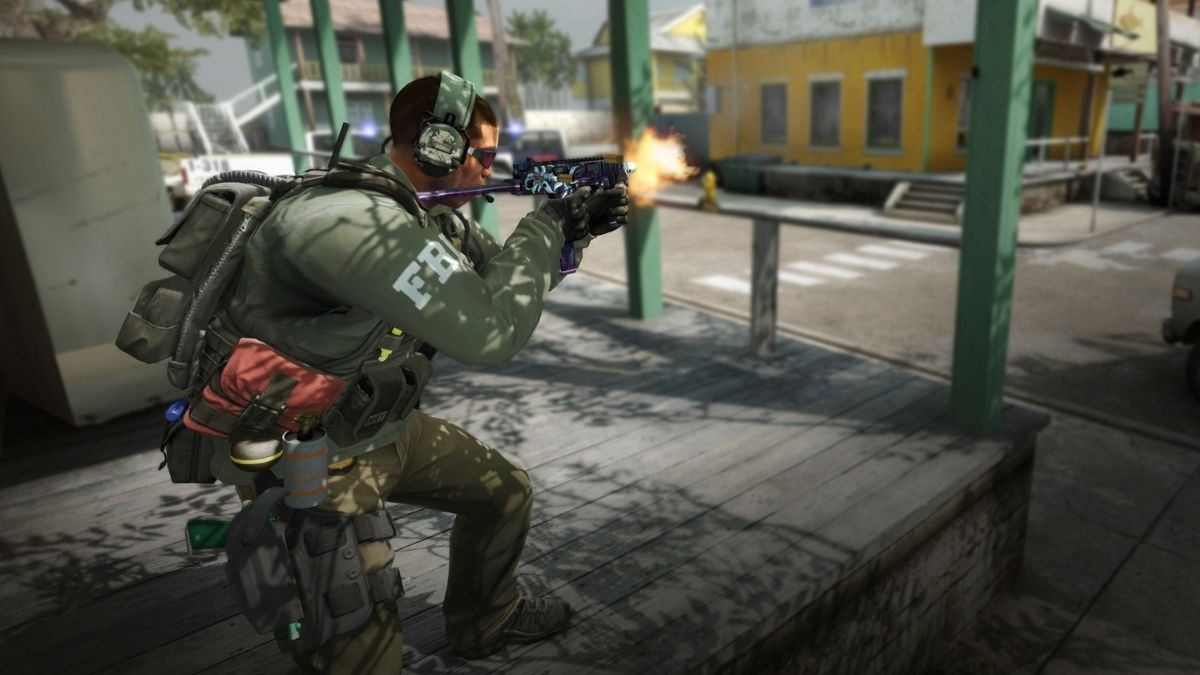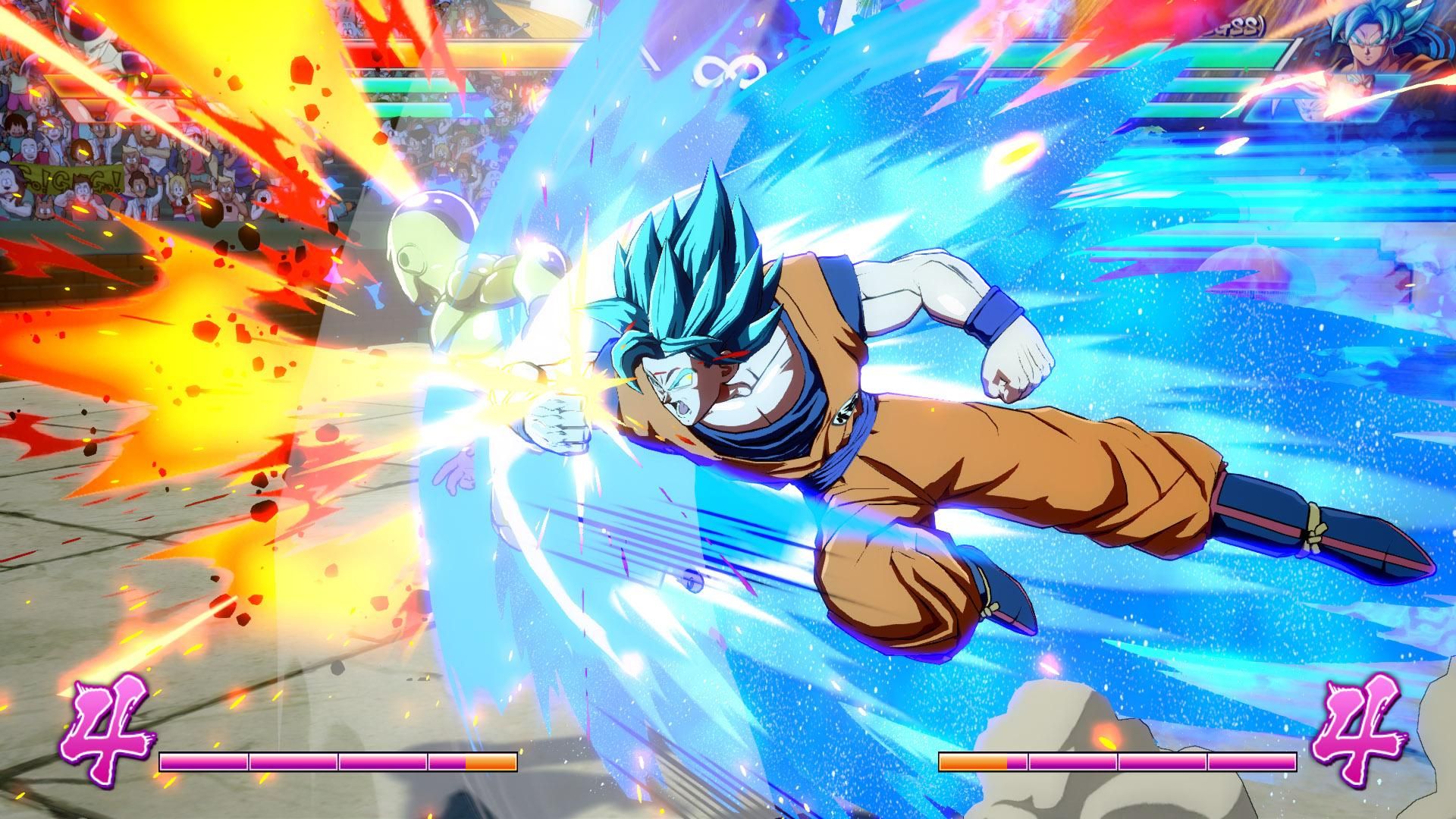Tech News
My Favorite Multiplayer Games Are Unbalanced, and That's OK
Key Takeaways
Life isn't fair, and video games are no exception. Most competitive multiplayer games strive to deliver a balanced experience where every available option is equally viable, but there's always bound to be some choices that are better than the rest. For me, imbalance isn't always a problem.
Fun Over Fairness
For many fans of multiplayer titles, there's nothing more important than balance. A balanced game ensures players can win through skill or teamwork rather than relying on the unfair advantage of an overpowered character or weapon.
At its worst, unbalanced game design can take the fun out of the multiplayer experience. When a few weapons or characters are significantly better than the rest, players will gravitate toward those choices and ignore every other option. Picking anything else becomes a surefire way to lose, which often results in most matches playing out the same way. In rare cases, these problems can force competitive tournaments to ban controversial characters and weapons with severe balance issues.
Despite this, unbalanced games aren't inherently bad. Not every game wants to appeal to hardcore players and esports fans. For some games, balance is secondary to mindless fun. You probably won't see them being hosted at any serious tournaments, but some of the best multiplayer games of all time are both stupidly broken and incredibly fun.
Retro fighting games are full of absurd balance issues and characters that can never be part of a fair fight. What many lack in sensible design, they more than makeup for with expansive rosters and memorable fighters. Boss characters like Akuma from Super Street Fighter II Turbo allowed you to break the rules of most fighting games, and made for incredibly entertaining mirror matches.
Balance can also conflict with the goals of certain games for a variety of reasons. Mortal Kombat Armageddon and Dragon Ball Z: Budokai Tenkaichi 3 feature some of the largest fighting game rosters of all time, with the latter boasting a whopping 162 characters. Trying to balance all of these characters would have been a grueling task for the developers, resulting in some characters feeling like underpowered punching bags while others are unstoppable powerhouses. Despite their issues, both games are still worth playing for their deep and satisfying combat, as well as their impressively huge rosters.
For some games, being absurdly unbalanced is half of the appeal. The Mario Kart series has always thrived on its frantic fun, which has only intensified with each new installment. Mario Kart 64 introduced the infamous blue shell, Double Dash (my personal favorite) added character-specific items, and Mario Kart Wii discards whatever semblance of balance was left to deliver the series' most chaotic kart races.
Each addition to the series reinforces the idea that there's no such thing as a guaranteed victory in Mario Kart. It doesn't matter if you're a skilled player or not; it takes just one well-timed blue shell to land in the first place or tumble into dead last.
Sometimes, throwing balance out the window is the key to what makes a multiplayer game memorable. Some of these games wouldn't exist if their developers cared about balance. The gaming market has room for both tightly designed competitive titles and mindlessly fun multiplayer experiences, but there are a few reasons the latter has seemingly died out in recent years.
Why Balance Became a Necessity
Although some games will always lack balance, it's rare for a modern multiplayer release to deliberately ignore it. There are a few factors to blame (or thank, depending on who you ask) for the decline of these intentionally unbalanced experiences.
Online multiplayer changed the way that most people viewed competitive genres. With the PlayStation 2 and earlier consoles, players typically relied on local matches against friends to get their multiplayer fix. It was easy to casually mess around with boss characters and cheat weapons, or set ground rules against using these options. In contrast, online experiences are much more competitive, and the only limitations are decided by the developers. A blatantly unfair weapon or character isn't fun to compete against when you're playing with random people.
Modern multiplayer games are also heavily reliant on maintaining an active playerbase. Development budgets for new games have only increased throughout the years, and studios now depend on downloadable content, microtransactions, and other monetization practices to make a profit. But for a game to remain profitable, it needs to keep players engaged. For modern multiplayer games, severe balance issues are a quick way to drive players away and be forced to shut down.
Most importantly, it's now easier than ever before for developers to receive player feedback and address balance issues. Public betas and post-launch patches allow developers to continually improve a game for years after its initial launch. These patches have also allowed modern fighting games and shooters with large rosters like Super Smash Bros. Ultimate and Call of Duty: Modern Warfare III to feature better balancing than older games with smaller selections.
Some Games Are Too Balanced
That's a bold statement, I know. But it's easy to forget that some of the most beloved multiplayer games of all time are just as poorly balanced as many of their contemporaries.
Games like Halo 3, Super Smash Bros. Melee, and nearly the entire Marvel vs. Capcom series are dominated by exploits and overpowered picks. Despite their infamously unbalanced design, these games are beloved by both casual and hardcore audiences and are still regularly played at major tournaments.
Game balance is difficult to perfect, and it's not always solved by putting players on an even playing field. As these popular examples prove, you can still have characters with significant advantages over others or outright broken mechanics without becoming unfair. When these imbalances exist, players will naturally discover ways to counter them. As such, the best way for developers to create a fair and fun multiplayer experience is by allowing players to learn and adapt to these imbalances.
This doesn't mean developers should stop trying to balance their games; just that it's important to avoid overcorrecting. Games like Destiny 2 and Overwatch 2 have historically been quick to issue major patches, often nerfing fan-favorite weapons and abilities before the playerbase is able to find a counter. When a game is constantly adjusting its metagame—a term referring to the unofficial rules that determine optimal play—to avoid even the slightest imbalances, it inadvertently discourages players from learning the mechanics.
Multiplayer games are at their best when their minor imbalances reward players for learning a game's mechanical nuances. These slight imbalances can even make a game more approachable, with "higher-tier" choices sometimes representing an easy starting point for beginners.
As long as these imbalances don't fully invalidate certain choices and restrict players' options, any multiplayer experience can benefit from being just a little imbalanced.
A Return to Multiplayer Chaos
Although multiplayer gaming has become more competitive over the years, recent games are sparking a revival of excitingly unbalanced experiences, with some striking a satisfying middle-ground that appeals to both casual and hardcore players.
Some contemporary fighting games such as Guilty Gear Strive and Super Smash Bros. Ultimate feature extremely lopsided matchups due certain characters having drastic advantages over others. This isn't a problem, as nearly every playable fighter is competitively viable in the right hands, even if some are significantly better than others.
On the more extreme end, patch 1.38 for Dragon Ball FighterZ essentially broke the game's balancing. Numerous attacks were upgraded with full-screen range, super attacks became even more devastating, and touch of death combos are now easier to perform than ever before. Although these drastic changes have been controversial among fans of FighterZ, the unrestricted freedom and uniquely busted balancing have revitalized the game for many players.
Of course, there are better ways to implement extreme balance changes than FighterZ. Some games include optional features that allow you to play with drastic balance overhauls.
One of the most underrated examples is Ultra Street Fighter IV's "Omega Mode," which adds new moves, character-exclusive mechanics, and faster movement to the game's entire roster. Similarly, spinoff entries like Halo: Reach and Tekken Tag Tournament 2 allow popular series to introduce experimental mechanics and oversized rosters without having to worry about balance.
The Value of Unbalanced Games
Balance is a necessity for competitive multiplayer, but experiences are only possible thanks to developers that are willing to bend the rules and let players deal with the consequences.
While that may sound like poor game design—and that's sometimes the case—this philosophy has influenced some of the best multiplayer games of all time. Whether the goal is to deliver a hardcore competitive experience or casual, chaotic fun, there will always be room for games that aren't perfectly balanced.
When you subscribe to the blog, we will send you an e-mail when there are new updates on the site so you wouldn't miss them.


 Nintendo
Nintendo Midway
Midway Valve
Valve Bandai
Namco
Entertainment
Bandai
Namco
Entertainment
Comments